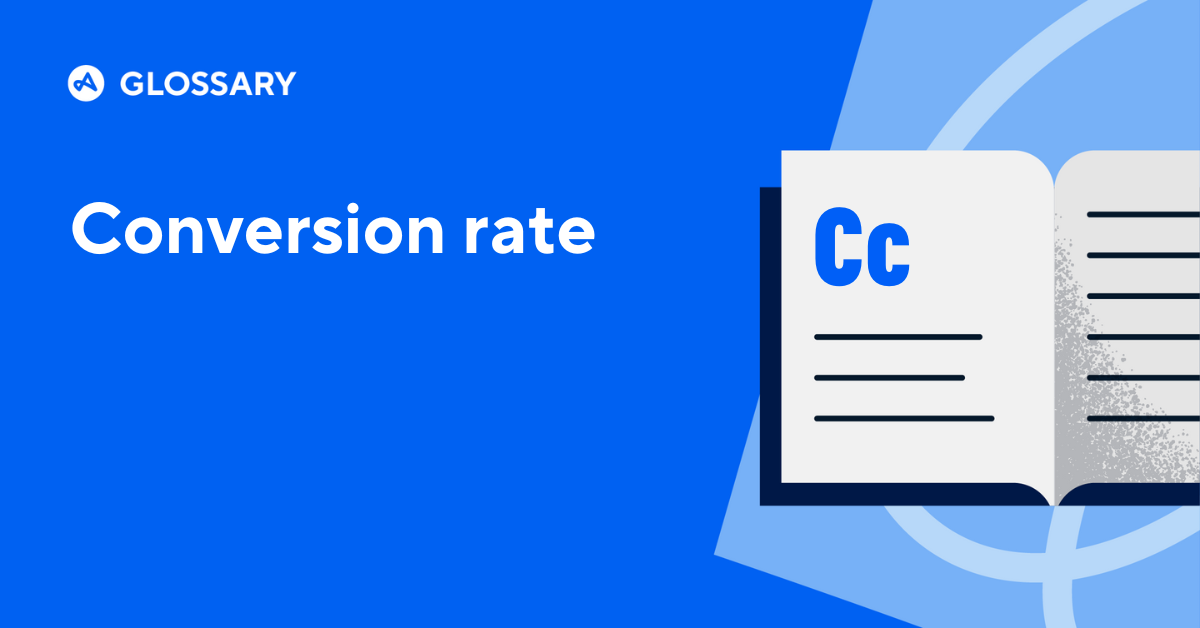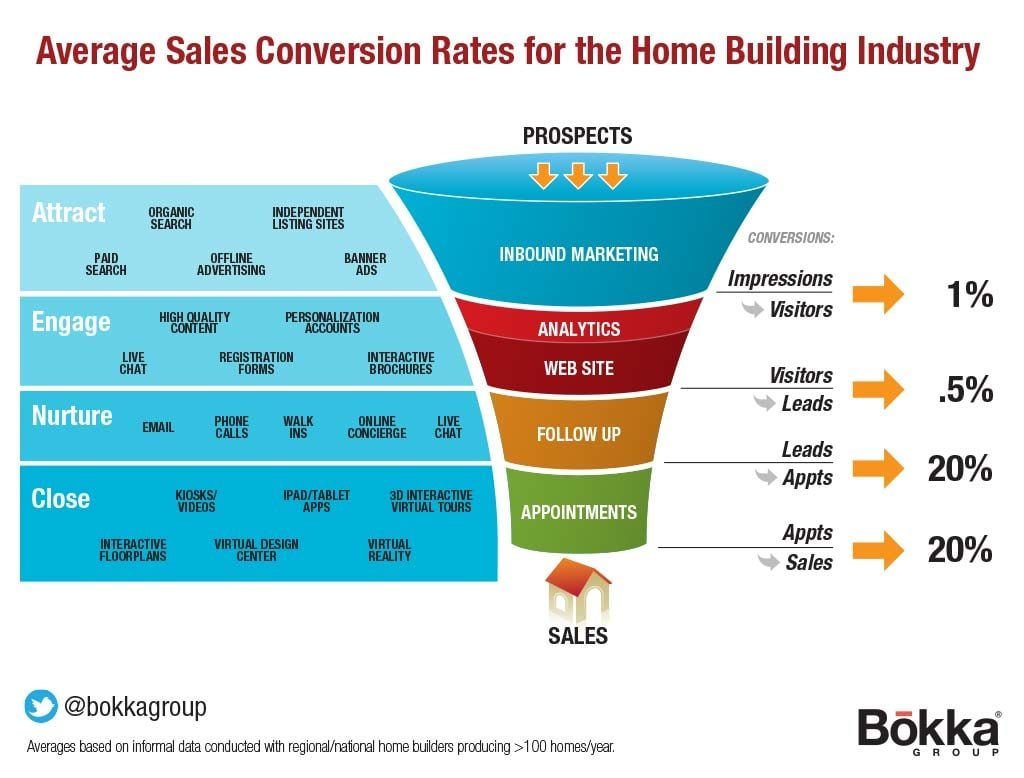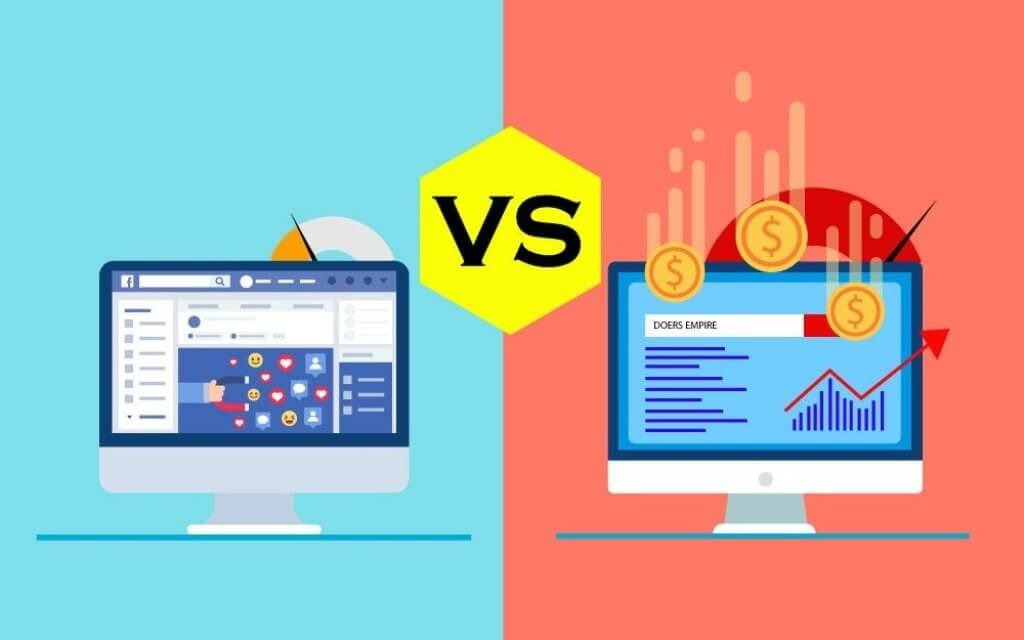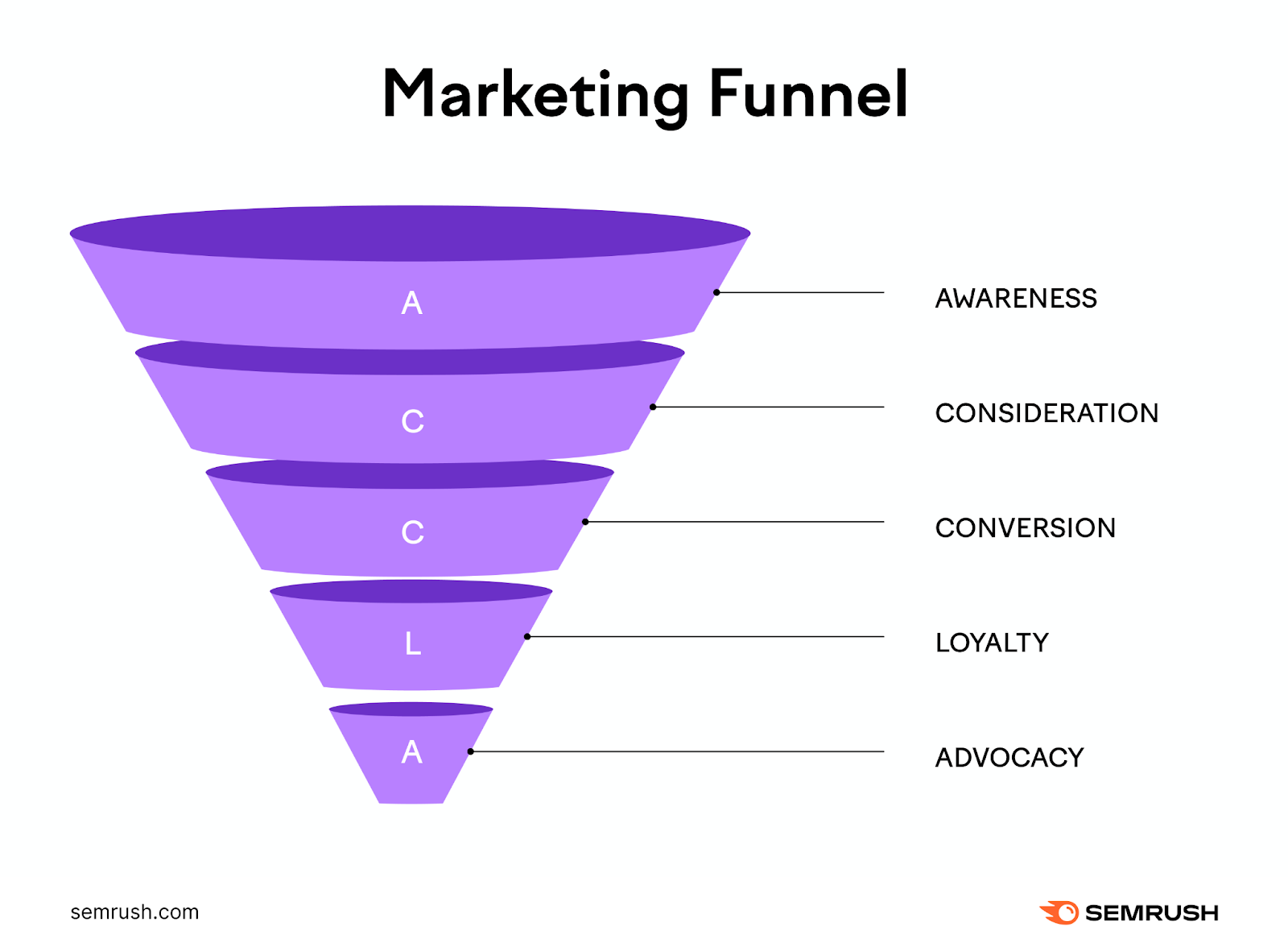Understanding Conversion Rates: Maximizing Business Potential
In the ever-evolving realm of digital marketing, grasping the essence of conversion rates is essential for enterprises eager to unlock their full potential and garner superior outcomes. A robust conversion rate reveals that a website successfully transforms visitors into buyers, whereas a dwindling rate might hint at the necessity for adjustments. In this piece, we will delve into the complexities of conversion rates, examine the elements that affect them, outline ways to measure and assess them, and present tactics to elevate these rates for enhanced business triumph.
What Are Conversion Rates?

Conversion rates indicate the percentage of users performing desired actions on a website, like purchasing or signing up. A higher rate signifies better effectiveness in engaging visitors with content.
Grasping conversion rates empowers businesses to optimize marketing strategies. By recognizing strengths and areas needing enhancement, marketers can improve user experience and increase sales.
Conversion Rates Defined
A conversion rate is calculated by dividing conversions (desired actions) by total visitors, then multiplying by 100 for a percentage. For instance, if 100 visitors result in 5 actions, the rate is 5%.
This straightforward formula masks the complexities affecting conversion rates, which vary based on website design, user behavior, and marketing tactics. A comprehensive understanding involves knowing these dynamics.
The Role of Conversion Rates in Digital Marketing
Evaluating conversion rates is crucial for assessing online marketing efficacy. Higher rates often translate to increased revenue, reduced acquisition costs, and enhanced ROI, allowing tailored marketing strategies and resource allocation.
Moreover, tracking conversion rates reveals valuable channels; for example, identifying social media as a more effective platform than email helps focus efforts wisely.
Monitoring these rates enables goal setting, aligning marketing projects with broader business objectives, fostering collaboration towards defined outcomes.
Macro vs. Micro Conversions
It’s crucial to distinguish between macro and micro conversions. Macro conversions are primary actions that significantly affect business goals, like completing purchases. These often drive marketing efforts.
Conversely, micro conversions involve smaller steps, such as blog subscriptions or adding items to a cart. Though seemingly minor, they play a vital role in nurturing leads throughout the sales funnel.
Understanding both types enhances strategies for growth – macro conversions yield quick revenue, while micro conversions foster future engagement and loyalty.
Factors Influencing Conversion Rates

Numerous factors influence conversion rates, each playing a crucial role in user experience. By understanding and optimizing these elements, businesses can significantly improve their chances of converting visitors into customers.
Website User Experience (UX) and Design
User experience encompasses every aspect of a visitor’s interaction with a website, from navigation to page load times. A positive UX is fundamental to enhancing conversion rates. If users find a website confusing or slow, they are far more likely to abandon their visit without taking any desired actions.
Key aspects of UX design include:
- Navigation: Websites should be intuitively designed, allowing users to locate essential information quickly. Clear menus, logical organization, and accessible search features play a vital role in facilitating seamless navigation.
- Mobile Optimization: With a growing number of users accessing websites via mobile devices, responsive design is crucial for capturing this audience. Mobile-friendly sites ensure that users have a consistent experience regardless of the device they’re using, leading to higher conversion rates.
- Page Load Speed: Research shows that even slight delays in page load speed can lead to significant increases in bounce rates. Optimizing images, using browser caching, and minimizing HTTP requests are essential strategies for ensuring pages load quickly.
A website that prioritizes user experience is more likely to keep visitors engaged, thus increasing the likelihood of conversions.
Quality of Content and Messaging
The effectiveness of website content plays a critical role in influencing conversion rates. Engaging, informative content that resonates with your target audience builds trust and encourages users to take action.
Important considerations include:
- Relevance: Content should align with user intent, addressing their needs and answering their questions. Well-researched, relevant content enhances user satisfaction and encourages further engagement.
- Clarity: Ensuring that messaging is straightforward and free from jargon helps users understand your offering. Complicated language or convoluted explanations can confuse visitors and deter them from converting.
- Value Proposition: Clearly articulating the unique value of your product or service sets you apart from competitors. A compelling value proposition captures attention and motivates users to proceed.
By investing in high-quality content, businesses can build trust with users and enhance their chances of securing conversions.
Call-to-Action (CTA) Effectiveness

The call-to-action is a crucial component of conversion optimization. A well-crafted CTA guides users toward taking desired actions and can make a significant difference in conversion rates.
Considerations for effective CTAs include:
- Visibility: CTAs must stand out on the page, drawing users’ eyes and encouraging clicks. Using contrasting colors, engaging visuals, and strategic placement can increase visibility and click-through rates.
- Clarity: Users should immediately understand the purpose of the CTA. Phrases like “Sign Up Now,” “Get Your Free Trial,” or “Buy Now” convey clear intentions, prompting users to take action.
- Urgency: Creating a sense of urgency can encourage users to act promptly. Phrases like “Limited Time Offer” or “Only a Few Left” can spur immediate responses, boosting conversion rates.
A strong CTA instills confidence in users and serves as a critical driver of conversions.
Traffic Sources: Organic vs. Paid

Different traffic sources yield varying conversion rates. Understanding the nuances between organic and paid traffic can inform strategies for maximizing conversions.
Organic traffic refers to visitors arriving at a website through unpaid search results. This type of traffic often yields higher conversion rates because users are typically more engaged and interested in the subject matter. They have actively sought out information, making them more likely to convert.
Conversely, paid traffic comes from advertisements such as PPC campaigns or paid social media ads. While paid traffic can generate quick results, conversion rates may vary based on ad targeting and message alignment.
Analyzing the performance of different traffic sources helps businesses determine where to invest resources and optimize their marketing efforts for maximum impact.
Trust Signals and Social Proof
Building trust is essential for encouraging conversions. Visitors are often cautious about sharing personal information or making purchases online, so establishing credibility is paramount.
To foster trust, consider incorporating the following elements:
- Testimonials and Reviews: Showcasing positive feedback from satisfied customers adds authenticity to your brand. User-generated content acts as social proof, reassuring potential customers that others have had positive experiences.
- Security Features: Displaying security badges, SSL certificates, and privacy policies can increase users’ confidence in making transactions. Trust signals remove barriers and reduce hesitations that may hinder conversions.
- Professional Design: A polished, professional website design conveys legitimacy and quality. An aesthetically pleasing website fosters confidence in your offerings and encourages users to engage.
By integrating trust signals and social proof into your website, you can create a conducive environment for conversions to flourish.
Elevating your conversion rates isn’t solely a matter of strategic planning; it also hinges on leveraging the right technology. GoHighLevel presents an all-in-one platform tailored to enhance every phase of your customer experience. With features ranging from lead tracking to automated follow-ups, you’ll have everything you need to transform casual visitors into devoted customers. Curious about how GoHighLevel can help you unleash the full potential of your business? Dive into our guide and begin supercharging your conversions today!
Measuring Conversion Rates
Measuring conversion rates is essential for evaluating marketing effectiveness and identifying opportunities for improvement. By utilizing key metrics and tools, businesses can gain valuable insights into their performance and make data-driven decisions.
Key Metrics and Tools for Tracking
Several key metrics are instrumental in measuring conversion rates. Familiarizing yourself with these metrics enables a deeper understanding of user interactions and overall performance.
- Conversion Rate: As previously discussed, this metric indicates the percentage of visitors who complete desired actions. Tracking this figure over time provides insights into trends and effectiveness.
- Bounce Rate: This metric reflects the percentage of visitors who leave a site after viewing only one page. A high bounce rate may suggest that users aren’t finding what they need, prompting a reevaluation of content or user experience.
- Average Session Duration: This metric measures how long visitors spend on a website. Longer session durations often indicate greater engagement, raising the chances of conversion.
Tools like Google Analytics, Hotjar, and HubSpot can assist in tracking these metrics and analyzing user behavior. By leveraging such tools, businesses can gather insights that inform their conversion strategies.
Setting Up Conversion Goals in Analytics Platforms
Setting clear conversion goals within analytics platforms is crucial for tracking performance. Google Analytics, for example, allows users to define specific goals to monitor conversion rates closely.
Goals can include:
- Completing a purchase
- Subscribing to a newsletter
- Filling out a contact form
Once goals are established, businesses can track progress and identify trends over time. Regularly reviewing goal performance enables businesses to adapt their strategies based on real-time data and insights.
Analyzing Conversion Funnel Performance

The conversion funnel illustrates the journey users take from first interaction to ultimate conversion. Analyzing funnel performance allows businesses to pinpoint drop-off points, helping identify where improvements are needed.
Key stages of the conversion funnel include:
- Awareness: Users first discover your brand through various channels.
- Interest: Users engage with your content or products.
- Desire: Users express intent to take action, such as adding items to their basket.
- Action: Users complete the desired conversion action.
By examining metrics at each stage of the funnel, businesses can comprehend user behavior and identify bottlenecks hindering conversions. For instance, if high traffic occurs but few users complete purchases, there may be issues with pricing, product descriptions, or checkout processes that require attention.
A/B Testing for Conversion Rate Optimization
A/B testing is an invaluable method for optimizing conversion rates. This technique involves comparing two versions of a webpage or element to determine which performs better regarding conversions.
Key considerations for A/B testing include:
- Hypothesis Development: Begin with a hypothesis about what changes could improve conversion rates. For example, you might hypothesize that changing the color of a CTA button will increase clicks.
- Controlled Environment: Ensure that external variables do not skew results. Conduct tests in similar conditions and maintain consistent traffic levels for accurate comparisons.
- Data Analysis: After running tests for a sufficient duration, analyze the results to determine which version yielded better performance. Use statistical significance to validate findings before implementing changes.
A/B testing empowers businesses to make informed decisions based on empirical evidence rather than guesswork, leading to more effective conversion strategies.
Strategies to Improve Conversion Rates
Improving conversion rates requires a multifaceted approach that combines understanding user behavior, optimizing content, and refining marketing strategies. Below are several effective strategies for driving higher conversion rates.
Enhancing User Experience (UX)

Investing in user experience design is fundamental to improving conversion rates. Consider the following enhancements:
- Streamlined Navigation: Simplifying website navigation allows users to find important information quickly. Implement dropdown menus, breadcrumbs, and prominent search bars to facilitate effortless exploration.
- Responsive Design: Ensure your website functions seamlessly across all devices. Test layouts for mobile, tablet, and desktop to guarantee a consistent user experience.
- Loading Speed: Optimize website loading times to minimize user frustration. Utilize tools such as Google PageSpeed Insights to identify areas for improvement.
A user-friendly website that prioritizes experience encourages visitors to engage with your content and increases the likelihood of conversions.
Crafting Compelling Content
Content is king when it comes to fostering user engagement and driving conversions. Key strategies include:
- Targeted Messaging: Tailor content to address the specific needs and pain points of your target audience. Conduct thorough research to understand your audience’s preferences and motivations.
- Visual Storytelling: Incorporate visuals, infographics, and videos to present information engagingly and memorably. Visual storytelling enhances user experience and keeps visitors interested.
- Regular Updates: Keep content fresh and up-to-date. Regularly revisiting and updating existing articles or pages can improve SEO rankings, attract new visitors, and boost conversion rates.
Quality content builds trust and rapport with users, increasing their likelihood of taking desired actions.
Leveraging Social Proof
Social proof is a powerful motivator when it comes to conversions. Implementing strategies to showcase social proof can enhance credibility and encourage user action.
- Customer Testimonials: Feature quotes and feedback from satisfied customers prominently on your website. Highlighting positive experiences creates a sense of community and trust.
- Case Studies: Providing detailed case studies that outline how your product or service benefits real-world users adds depth to your offerings. Demonstrating tangible results can sway potential customers toward conversion.
- Influencer Partnerships: Collaborate with industry influencers to reach wider audiences. Endorsements from credible figures can enhance your brand’s reputation and prompt conversions.
Harnessing social proof through testimonials, case studies, and influencer partnerships stimulates trust and drives conversions.
Crafting Unique User Journeys
In today’s fiercely competitive arena, the art of personalization has become essential. Customizing experiences for individual users can tremendously elevate conversion rates.
- Recommendation Systems Driven by Behavior: Harness algorithms to recommend products or content tailored to users’ past actions. Personalized suggestions convey thoughtfulness and relevance, leading to improved conversion metrics.
- Email Audience Targeting: Divide email lists according to users’ preferences and behaviors. Delivering targeted messages enhances engagement and boosts conversions since recipients encounter content that aligns with their interests.
- Responsive Content: Integrate dynamic content that adjusts based on the user’s preferences or demographic data. Adapting landing pages for repeat visitors not only boosts engagement but also encourages conversions.
By curating personalized experiences, businesses can connect with users more profoundly, nurturing relationships that drive sales.
Final Thoughts
Comprehending and refining conversion rates is fundamental to successful digital marketing strategies. By understanding the essence of conversion rates, identifying key influencing elements, and applying data-centered tactics, businesses can unlock their full potential and improve profitability.
As the digital landscape keeps evolving, staying updated on best practices and the latest trends is crucial. Dedicating resources to know your audience, enhance user experiences, and perpetually optimize methods will help you stay ahead in a rapidly changing market.
Maximizing conversion rates may require persistent effort and flexibility, but the outcomes – boosted revenue, strengthened customer loyalty, and long-term growth – make it well worth the endeavor. Harness the power of conversion rates to advance your business and secure enduring success.




